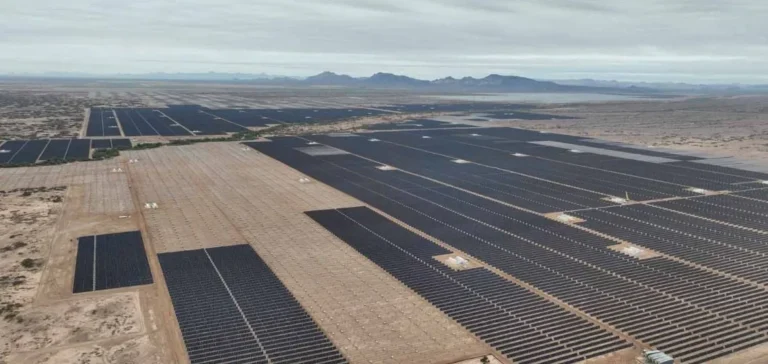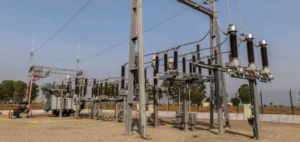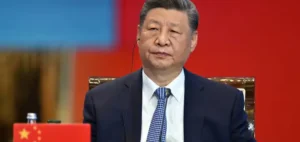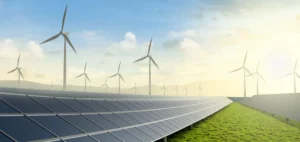China recorded an unprecedented 264 gigawatts (GW) of wind and solar capacity added in the first half of 2025, doubling the additions from the same period in 2024. This rapid expansion comes as the country introduces a new pricing mechanism for its renewables sector, which will significantly alter the economic conditions of the industry. This mechanism, which eliminates auctions for projects starting before June 1, 2025, focuses on “quality” growth rather than quantity and could put price pressure as auctions become more competitive.
The auction-free mechanism boosts initial investment
The auction-free pricing mechanism initially attracted investors due to favorable contract terms, including guaranteed prices close to coal-based rates in several provinces. This system, which applies to projects launched before the June 1, 2025 deadline, offers more stable revenue projections and an 18-year production coverage period. According to Wood Mackenzie, solar and wind projects are expected to achieve internal rates of return (IRR) of 8% and 11%, respectively, supported by falling technology costs and long-term contract stability.
Initial auction results indicate price pressure ahead
However, the first auction results under the new competitive framework already indicate price pressures. In Shandong province, auction results showed a 32% drop in solar energy prices compared to average settlement prices, and a 9% decrease for wind. This price reduction highlights the economic challenges developers will face under the new mechanism, which introduces a shorter production coverage period (10 years instead of 18 years) and greater volatility in electricity prices.
Curtailed generation poses income risk
Another key factor that may affect project profitability is curtailment, or the forced reduction of energy production. According to Wood Mackenzie, average curtailment rates for wind will exceed 5% in seven provinces, and for solar, it will be over 5% in 21 provinces. This could lead to significant revenue losses and add further uncertainty for investors. Provinces with high curtailment rates and volatile electricity prices will be especially vulnerable to these risks, which could deter some investors from participating under the new mechanism.
Government targets and the sector’s future
To meet its target of 24% non-hydro renewable energy in electricity consumption by 2026, China will need to add an additional 741 terawatt-hours (TWh) of wind and solar generation. This will require significant investment, with wind and solar capacity expected to exceed 750 GW by 2026. Wind seems to benefit from a more favorable economic situation, with lower production costs and less curtailment risk, while solar, although growing, may face more economic challenges, particularly in regions with less developed grids.






















